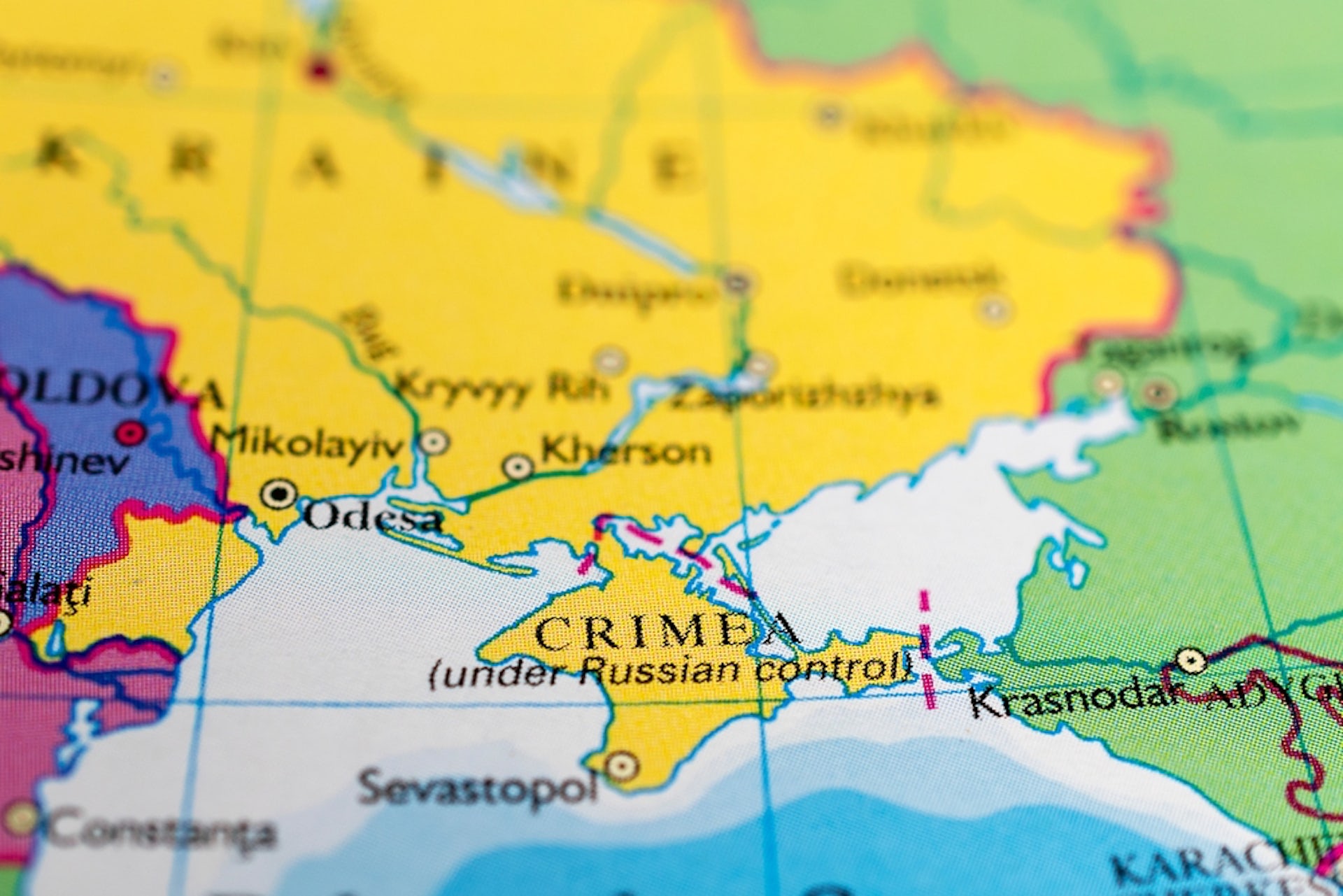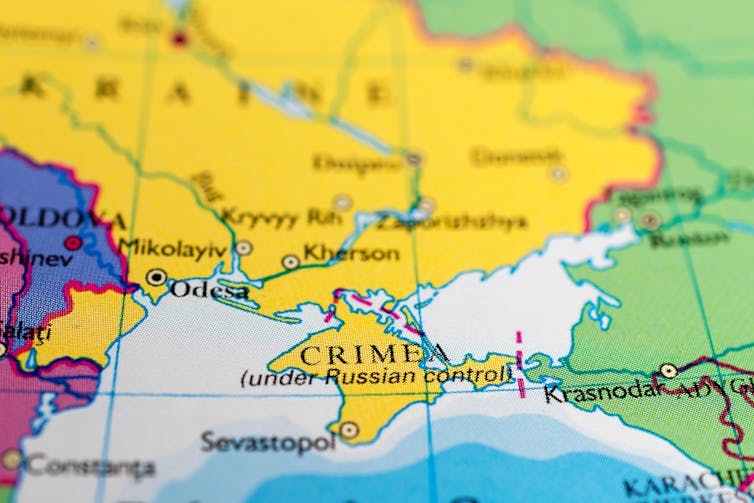War in wintertime is especially challenging militarily. Troops have to deal with the risk of frostbite while vehicles can’t always move over muddy or frozen terrain. It’s no wonder then that wars tend to move much more slowly during the colder months.
Cold weather can also open up opportunities that either side in a conflict can try to exploit. When the Soviet Union invaded Finland in November 1939, temperatures around -40ºC gave the much smaller Finnish force an advantage, forcing significant losses on the Soviets that significantly undermined their military reputation. Being agile, changing tactics, and having the right equipment for the weather are even more vital when the temperature drops.
This winter, Russia is expected to open up attacks on Ukraine’s energy infrastructure, as it attempted to do in 2022, writes Lancester University’s professor of international security Basil Germond.
Last year Russia used Kalibr cruise missiles launched from the Black Sea as part of this strategy, with the aim of saturating Ukraine’s air defence capabilities. But Germond believes Russia may find it more difficult to undermine Ukraine’s energy supply this time around, partly because of Ukraine’s success against Russia’s Black Sea fleet. This has pushed the Russian fleet away from its Black Sea fleet base to Novorossiysk, further away from Ukrainian targets.
This winter there could be an element of celebration in Kherson, the port city on the Dnipro river. It was freed from Russian occupation last November, but life there is still extremely tough. Rod Thornton, associate professor in international studies at King’s College London, explains how inhabitants live under fire from Russian troops stationed across the river. Most shops and restaurants in the once-vibrant city have closed down, and young people have left to find a life in a place with more prospects. This winter it is unlikely that Ukraine will be able to push the Russian military back from the opposite riverside, so life under fire seems set to continue. At least, for now.
No breakthroughs
Western leaders are slowly coming to the conclusion that there’s not going to be a big breakthrough by Ukraine this winter. While Ukraine’s allies had been hoping to see a significant change caused by Kyiv’s counter offensive this summer, a recent assessment is that this has not been the case, and no great steps forward have been made, especially on land.
In fact, the two sides are pretty much at a stalemate, Stefan Wolff, professor of international security at the University of Birmingham, and Tetyana Malyarenko, professor of international relations at National University Odesa Law Academy, suggest.
A stalemate assumes that neither side can see a clear opportunity to either escalate militarily to victory or have a significant advantage. This is something that Russian president Vladimir Putin would not have predicted when he ordered an invasion across Ukraine in February 2022. But Wolff and Malyarenko detail how that stalemate has arisen, and how it could pave the way for some kind of peace talks, even though Ukraine’s president Volodymyr Zelensky is not yet ready to discuss this as an option.
Meanwhile, Crimean Tatars are under extreme pressure in their homeland, decades after they faced severe persecution under Soviet leader Joseph Stalin. Gerald Hughes, reader in military history and intelligence studies at Aberystwyth University, takes a look at the evidence that Putin is following in Stalin’s footsteps by attempting to drive the Tatars out of Russian-occupied Crimea. Tatars no longer have the right to commemorate their long exile from their homeland. There are random house searches, and reports of disappearances and killings, he reports.
The war in Ukraine – and the threat of nuclear conflict it has awakened – is one reason why the hands of the Doomsday Clock were set at a mere 90 seconds to the hour, the closest it has ever been to midnight at the beginning of 2023, writes Thornton in another piece.
The Doomsday Clock is a symbolic device that is designed to warn the world how close it is to catastrophe. The clock was set up by a journal called the Bulletin of Atomic Scientists, established in 1947 by Manhattan Project scientists and engineers who were closely linked to the development of the atomic bomb.
A particular influence on the position of the clock next year will be Russia’s recent decision to pull out of an important cold war-era treaty. The 1990 treaty on conventional armed forces in Europe was intended to use the warming of relations between east and west to minimise the risk of war in Europe. Nothing cheering to report that is likely to push the hands of the clock back to a less worrying position there.



 Robinhood Expands Sports Event Contracts With Player Performance Wagers
Robinhood Expands Sports Event Contracts With Player Performance Wagers  Asian Fund Managers Turn More Optimistic on Growth but Curb Equity Return Expectations: BofA Survey
Asian Fund Managers Turn More Optimistic on Growth but Curb Equity Return Expectations: BofA Survey 


































